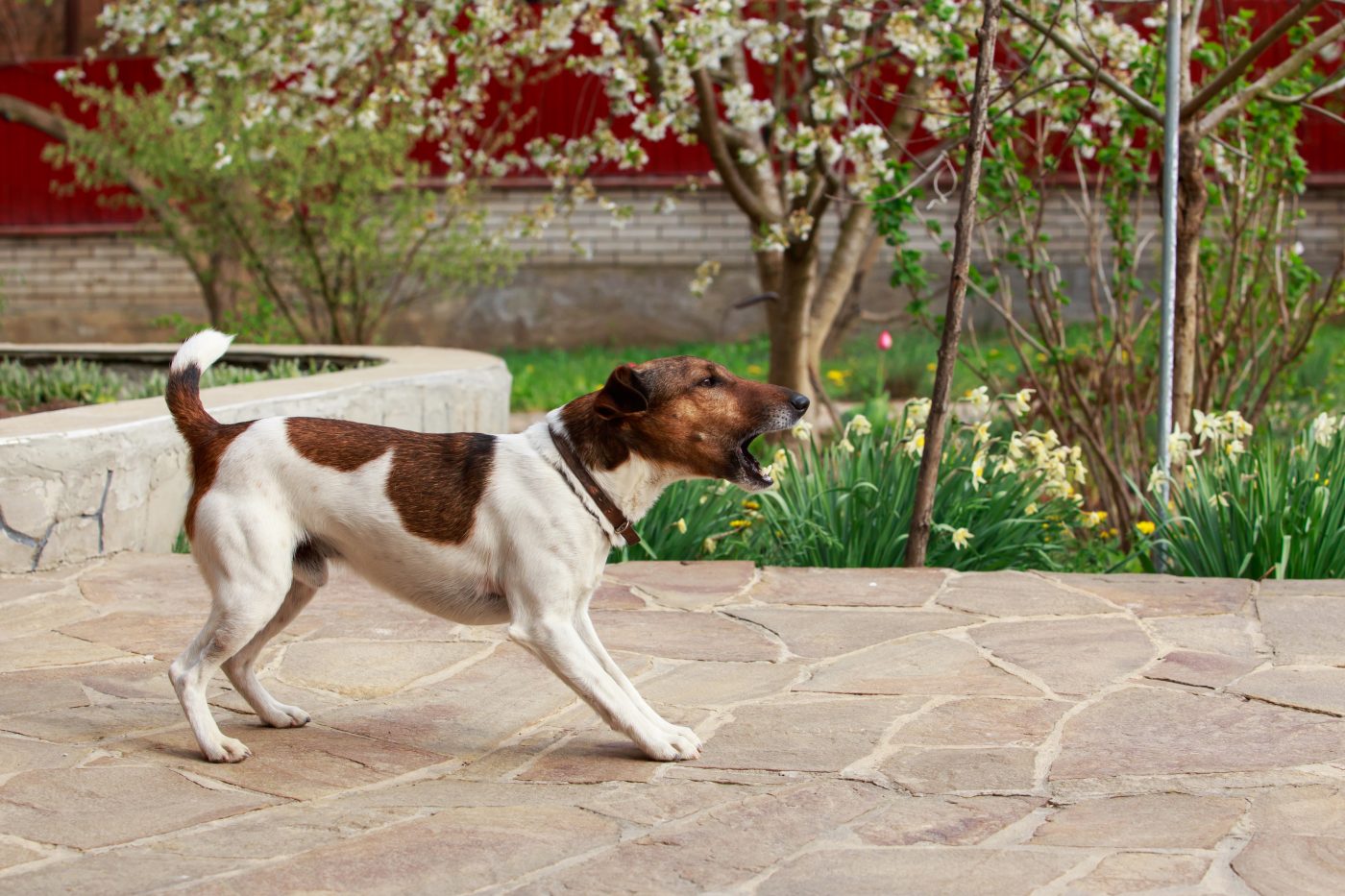

Dogs have an incredible way of communicating without making a sound. While barking and whining are easily recognizable, most of their messages come through subtle body language. Every movement, from a tail wag to a head tilt, reveals exactly how they feel—if you know what to look for. Understanding these silent signals helps you respond to their needs, strengthen your bond, and even prevent misunderstandings. The more you pay attention, the more you’ll realize your dog has been “talking” to you all along.
Tail Wagging


A wagging tail doesn’t always mean a happy dog—it’s all about the speed, position, and movement. A high, stiff wag signals alertness or even dominance, while a slow, low wag can indicate nervousness. A loose, side-to-side wag with a relaxed body is a clear sign of joy. Reading these tail signals helps you better understand your dog’s mood and intentions.
Raised Hackles


When the fur along a dog’s back stands up, it shows heightened emotions. This could mean fear, excitement, or even aggression. Raised hackles are an involuntary reaction to something that has caught their attention, making them appear larger and more intimidating. Context is key—watch the rest of their body language to determine whether they’re curious or feeling threatened.
Lip Licking and Yawning


Dogs often lick their lips or yawn when they’re feeling anxious, uncertain, or overwhelmed. While yawning can mean relaxation, it’s also a way for dogs to calm themselves in stressful situations. Lip licking is another way they signal discomfort, especially when meeting new people or facing an unfamiliar environment. If you notice these signs, your dog may need reassurance or space.
The “Play Bow”


When a dog lowers its front end while keeping its back end up, it’s an unmistakable sign of playfulness. This energetic pose signals that they’re ready for fun and that any rough behavior isn’t meant to be aggressive. Dogs also use the play bow to ease tension in group settings, showing they have friendly intentions. It’s their way of saying, “Let’s have some fun!”
Staring


A soft, relaxed stare is a sign of trust and affection, often seen when a dog gazes at their favorite person. However, a hard, intense stare can be a warning, especially with a stiff body. Prolonged eye contact in the animal world can signal dominance or a challenge. Knowing the difference between these looks is crucial in understanding your dog’s feelings.
Exposing Belly
 Shutterstock
Shutterstock
A dog rolling onto its back and exposing its belly can signify trust and submission. Many dogs do this when they feel safe and are inviting belly rubs. However, some dogs may show their belly to avoid confrontation rather than seek affection. Pay attention to their overall body language to understand the message behind these gestures.
Ears Back


A dog with its ears pinned back against its head usually feels anxious, scared, or submissive. This is often accompanied by signs like a lowered tail, tense posture, or avoidance of eye contact. Some breeds naturally have ears that rest back, so it’s important to consider the situation and the rest of their body language before assuming they’re nervous.
Cowering or Hiding


When a dog crouches low to the ground or hides behind furniture, it’s trying to avoid a situation that makes it feel uncomfortable. This reaction can be caused by loud noises, new people, or past trauma. Recognizing this behavior allows you to create a more comforting environment for your pet, helping it feel secure rather than scared.
Quick Turning of the Head


If a dog quickly turns its head away from someone or something, they’re trying to diffuse tension. This “calming signal” is a way for dogs to communicate that they don’t want a confrontation. It’s a polite way of saying they’re uncomfortable but not aggressive. Paying attention to this subtle movement can help prevent stressful situations for your pet.
Raised Front Legs


When a dog lifts one front paw slightly off the ground, it often makes them unsure or curious. This behavior is commonly seen when a dog encounters something new and decides whether to approach or back away. It’s their way of processing an unfamiliar situation while staying alert. Reading this cue helps you understand their uncertainty and guide them appropriately.
Panting


Dogs pant not just to cool down but also when they’re feeling anxious or overwhelmed. If your dog is panting heavily without recent exercise or warm weather, it may be experiencing stress. Look for other signs like pacing, whining, or wide eyes to determine if it needs help calming down. Recognizing this early can prevent panic and discomfort.
Tail Tucking


When a dog tucks its tail between its legs, it clearly shows fear, insecurity, or submission. This is often seen in unfamiliar situations or when a dog feels intimidated. A tucked tail combined with a lowered body posture indicates extreme discomfort. Offering reassurance and a calm environment can help your dog feel more at ease.
Fast or Short Movements


Dogs that make quick, sharp movements—such as sudden head turns, shifting weight, or backing up—are feeling unsure. This body language often happens when dogs are in an unfamiliar situation and trying to decide how to react. These small, jittery movements signal nervous energy and should be taken as a sign that they need time to adjust.
The Hidden Language Of Dogs


Dogs may not use words, but their body language speaks volumes. Every wag, stare, and posture shift carries a message. Recognizing these subtle signals can strengthen your bond and respond to your companion’s emotions with greater care. Watching their tail position, ear movements, and facial expressions builds trust and deepens your connection. The more you observe and tune in, the better you’ll understand their message. Learning their silent language makes you a more attentive and caring friend to them.





